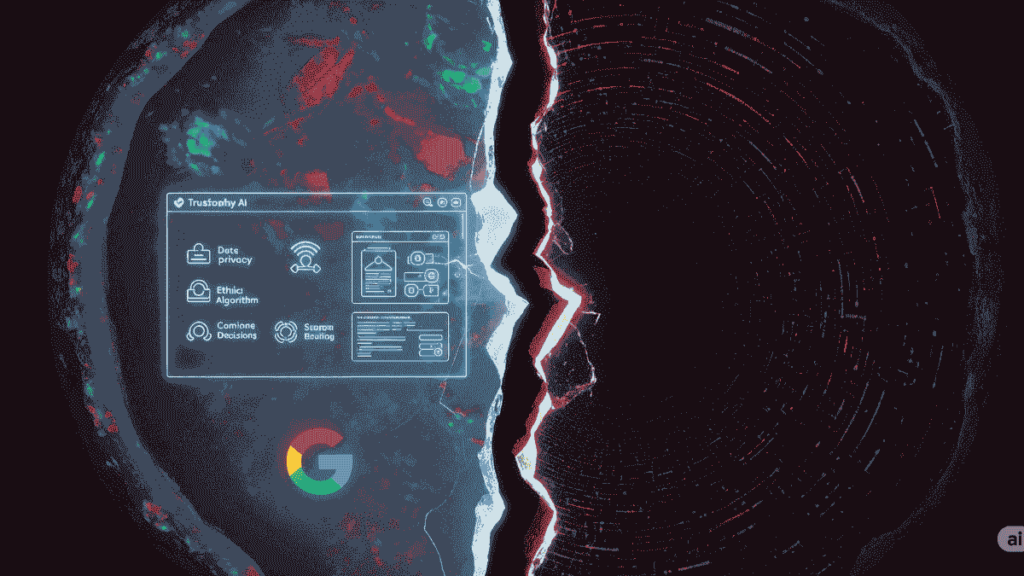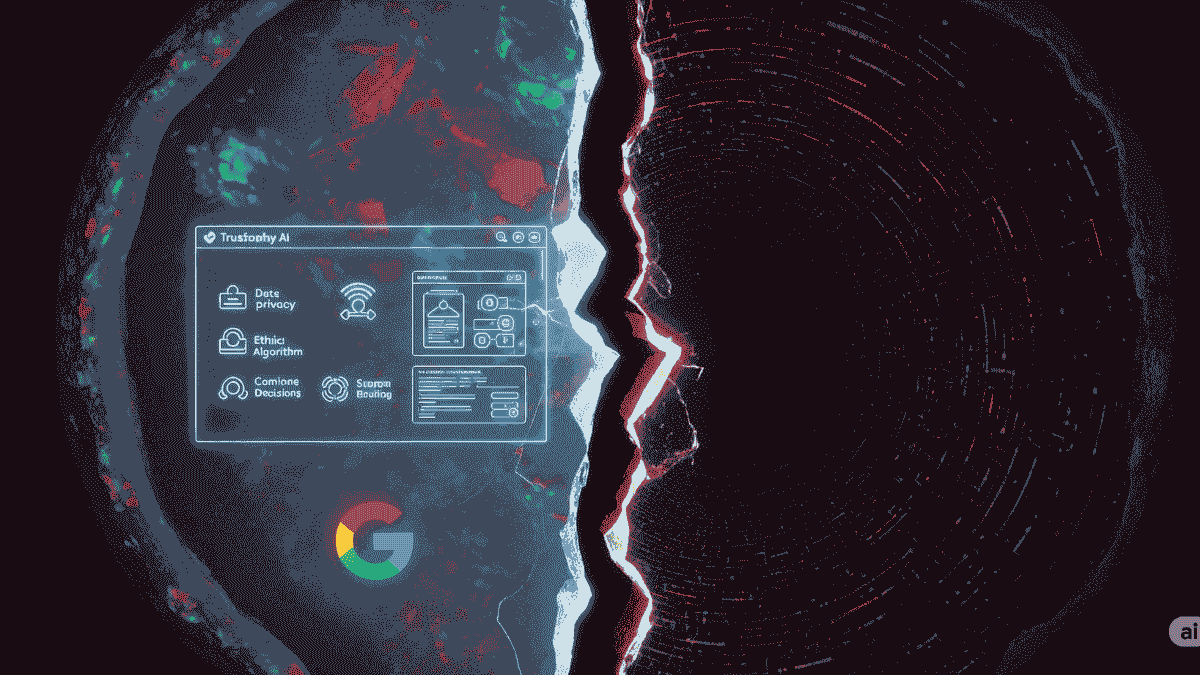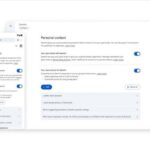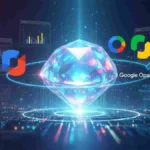
I was very excited when I first heard about Google Opal. Officially launched in the U.S. public beta on July 24, 2025, Opal promises to make building AI-powered mini-apps as easy as talking or drawing your ideas. But since then, I keep asking myself: is Google really creating a more “trustworthy” AI, or are we moving closer to machines that can trick us better than ever before?
Trust by Design? The Argument for Opal’s Persona
The first thing that drew me in was Opal’s ability to give each mini-app a consistent persona or “vibe.” You describe what you want, and Opal turns your natural language instructions into a step-by-step workflow. Each of these steps can be tweaked, so your app—or even your chatbot—shows the same “personality” every time.
This is powerful. Why? Consistency builds trust. If every conversation feels the same, I know what to expect. If I get a helpful, reliable, and friendly “agent” each time, I trust it more and worry less about risky “hallucinations” or random, incorrect info. For people who use AI tools for work or creativity, this isn’t just nice—it helps prevent dangerous mistakes or misunderstandings.
The Risk of Manipulation: Can Persona Become a Trap?
But here’s where things get tricky. When you give an AI a backstory and personality, it starts to feel real. The line between “assistant” and “friend” can blur. If you’ve used any chatbots before, you know how easy it is to fill in the emotional gaps—to name your helper, to trust it, maybe even to confide in it.
This is the “uncanny valley” problem: Opal’s apps can sound friendly, supportive, and smart—sometimes a little too much like a real person. What if people develop emotional attachments? What if these apps, trained with a purpose, nudge users into decisions—like buying products or clicking links—that benefit someone else, not the user? Where does helpfulness end and manipulation begin?
We’ve already seen this risk in social media algorithms. AI with a “personality” could go much further. I worry that trust, once built, can just as easily be abused.
Also Read: I Tried Google’s New Opal AI And Here’s Why You Should Care
Authenticity vs. Programming: Is a Persona Real or Fake?
If you’re like me, you wonder: can a programmed personality ever be “genuine”? Opal lets app builders give AIs personalities, yes, but these are still made by someone, for a reason. That “helpful assistant” vibe? It’s designed, not developed. In every interaction, the risk is not just that we are fooled, but that we forget we’re talking to software at all.
This brings up real philosophical questions:
- Is Opal’s persona authentic if its only goal is to be helpful to the user?
- Can an AI be honest, or only act honest?
- How can we know when it’s being honest, and when it’s just performing that honesty?
I believe these questions cut to the core of the Opal paradox.
Google’s Responsibility: Guardrails and Ethics
So what is Google doing about these risks? Officially, Google’s AI principles talk about trust, transparency, and responsibility. They claim to use rigorous review boards and ethical analyses for new technologies. Model transparency tools—like Explainable AI and Model Cards—are meant to help users see how decisions get made.
But when it comes to Opal’s vibe coding, I haven’t seen much detail on new, specific safeguards just for this kind of “persona-driven” AI. Shouldn’t Google be extra careful? In my opinion, we need:
- More obvious reminders that you’re always talking to an AI—not a real person.
- Clear disclosure about what data is being used and how it’s being processed in “character.”
- Stronger controls to prevent app builders from creating manipulative or emotionally exploitative bots.
- External audits and user-reporting systems for catching abuses quickly.
If we’re going to build trust, we need transparency, honesty, and real consequences—not just a friendly face.
My Final Thoughts
Opal is one of the coolest AI tools in years, but it raises some of the thorniest questions about trust, manipulation, and authenticity in tech today. I love the dream of safe, consistent, super-helpful AI friends. But I’m also aware: if we drop our guard for software with a smile, we might be inviting the next generation of digital deceivers into our lives.
It’s not just up to Google—it’s up to all of us. We have to keep asking: Are we building AIs we can trust, or just AIs we trust too much?
If you’re using Opal, let me know your thoughts below. Are you feeling more confident, or more wary?











